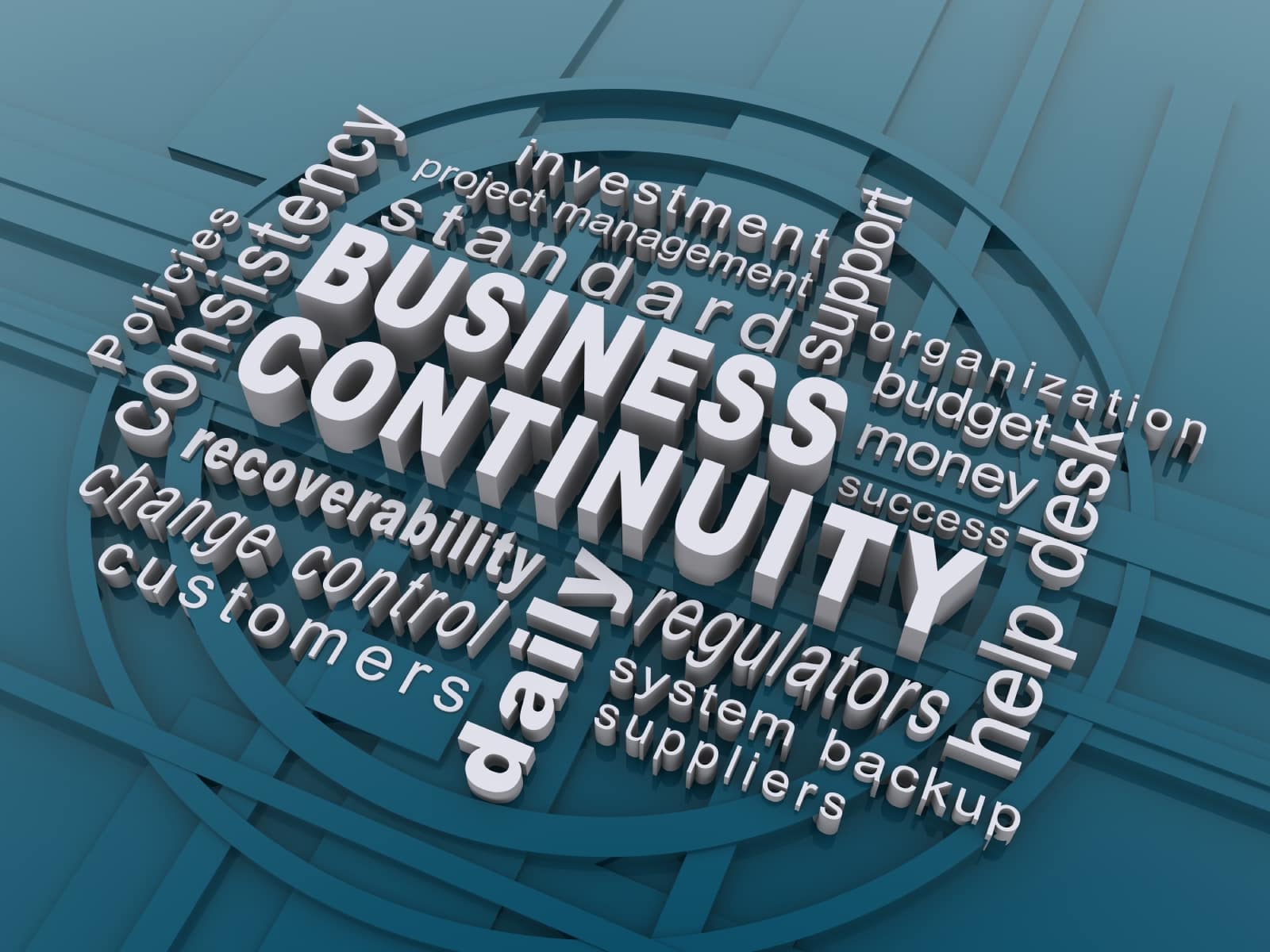When you are faced with a disaster that impacts your business, it is already too late to worry about whether your disaster recovery plan is sufficient. Weather, extended power outages and security breaches in your computer systems can be devastating.
Here are some companies that had a business continuity plan in place and how they overcame their disasters.
Delta Airlines
In April of 2017, weather conditions wreaked havoc up and down the east coast. As a result, airlines were forced to cancel flights originating in numerous locations. Delta Airlines was only one example of the problems with more than 4,000 flights canceled during the storm. Flights originating in Georgia, Tennessee, Louisiana, Ohio, and Kentucky were all impacted; as were flights in other states. This meant not only did all those passengers need to be taken care of, they had to be transported while still meeting the needs of new passengers on current flights.
Thanks to a great business continuity plan, Delta was able to successfully recover from this weather-related disaster. Keep in mind, this was not Delta’s first brush with disaster; in August of 2016, they faced similar problems when they were dealing with a system outage that impacted flights for three days.
In both cases, Delta lost millions of dollars but was able to recover sufficiently to address the needs of their passengers.
Hurricane Sandy Fallout
Not only was the NYSE closed because of Hurricane Sandy, several other businesses were impacted.
Thanks to pre-planning, most of these businesses were ready to go as soon as the streets were passable.
Some of the businesses that suffered disruptions included:
Verizon – Thanks to being able to reroute their traffic during the height of the storm, they were able to maintain service to millions of customers. Fortunately, this plan was in place before the storm hit allowing them to react quickly. This plan did not protect local service but for many customers, only a short-term disruption in service occurred.
ConEdison – Perhaps one of the hardest hit companies during this storm was ConEd. Days after the storm, more than 9 million customers were still without power. This is not necessarily a result of a bad continuity plan, instead, they failed to properly evaluate the risk they were under. Had ConEdison worked with a continuity consultant, they may have been able to have a better plan in place.
Recovering from Data Center Power Failure
HBOS PLC is responsible for data that keeps Bank of Scotland and Halifax electronic records accessible. However, because the data center had no backup generator in place, millions of customers were unable to access their bank accounts. Customers were unable to access funds through ATMs, go into the bank to make deposits or withdrawals. This interruption occurred for a full day inconveniencing hundreds of transactions.
International Storm Fallout
If a business depends on overseas shipments to provide products, they could be overlooking an important component of a disaster recovery plan. Great examples of this included the Japan tsunami; while the big-three automakers in the United States have business continuity plans for their own company, they failed to make plans for their suppliers suffering a disaster. This meant many parts that were necessary for operations were not available, impacting the ability of the automakers to continue their operations uninterrupted.
This same tsunami also impacted computer makers in the United States; hard drives for many computers come from a small area of Bangkok; when the tsunami impacted their business, U.S. computer makers were negatively impacted.
Hurricane Katrina
ConocoPhillips and Murphy Oil’s Meraux, La., were among the hardest hit refineries during Hurricane Katrina. Louisiana is home to nine total refineries; these two refineries, in particular, did not return to operation until April of 2006, nearly eight months after the hurricane struck the area. This storm resulted in more than two million people without power, an increase in fuel prices across the United States and a slowdown in shipments thanks to the damage in the Port of New Orleans. Companies that were doing shipments to this area had to do on-the-spot recovery plans to ensure as little disruption as possible.
Information Security Issues and Data Breaches: More Common Than Ever
We hear about the threat of cyber-attacks more frequently. Perhaps one of the most devastating was the recent ransomware attack which impacted hospitals, automakers, and even FedEx. This was done exploiting a computer vulnerability for which the British Health System, universities in China and even Telefonica, the Spanish telephone provider were ill prepared for. Unfortunately, this could have been prevented had these businesses been more aggressive in updating their computer systems.
Other great examples of computer breaches included:
- Anthem Inc. – the insurance provider suffered a cyber-attack in 2014 that resulted in the breach of data of more than 80 million patients and employers.
- Ashley Madison – this online affair site suffered an embarrassing security breach resulting in a number of high-profile names being leaked publicly. By some estimates, more than 33 million accounts were impacted.
- Sony Pictures – after a security breach, it was discovered that 3,000 records of employees, both current and former were impacted. The cost to the company was estimated to be approximately $35 million.
- Global Payments Inc. – during 2012, 1.5 million debit and credit card accounts were compromised. The breach occurred on several servers in the United States and the cost to the company was $90 million dollars.
- Tricare – the company is responsible for providing medical services to U.S. service members and their families. After a security breach, it was estimated that non-encrypted data was breached impacting as many as five million beneficiaries and cost Tricare an estimated $130 million.
Workplace Injury Disasters Too Common
Workplace accidents can cause serious business disruption and in some cases, companies cannot recover from the negative publicity and the costs of the disaster. Some of the bigger workplace accidents that negatively impacted businesses included Sago Mine in West Virginia; the end result was 12 miners lost their lives in 2006. In 2010, Upper Big Branch Mine suffered an explosion in 2010 resulting in 29 miners losing their lives.
The Importance of Business Continuity
While we have used some specific instances, as well as some broad examples, you can see the importance of working with a business continuity consultant. Most businesses have blind spots when assessing risks – internal and external. When a business hires a business continuity consultant, they can expect a better outcome in the event of a disaster.
Disaster preparedness does not stop at your front door. An evaluation must be done on numerous factors that could have consequences. Not only do you have to be protected in the event of a natural disaster in your immediate area that interrupts your business, you also have to be cognizant of the disasters that impact your suppliers.
When putting together a business continuity plan, numerous factors have to be considered. Weather-related disasters, internal issues such as workplace accidents, interruption of power supplies, interruption of shipping, data breaches of your system as well as systems of your suppliers. All of these factors must be considered.
Preparation is the key to successful recovery after a disaster strikes your company. At Bryghtpath, we take your business recovery seriously. We will review the range of threats that can put your business in jeopardy and help you develop a business continuity plan that can help you get back to normal operations regardless of the type of disaster that strikes your company.
Can we help you?
Bryghtpath has developed and evaluated the business continuity and disaster recovery programs for many Fortune 500 and non-profit agencies. Our staff possesses more than a century of experience in business continuity, disaster recovery, and crisis management.
Learn more about our approach to Business Continuity in our Ultimate Guide to Business Continuity and then contact us today.


 6 notable workplace violence incidents so far in 2017
6 notable workplace violence incidents so far in 2017